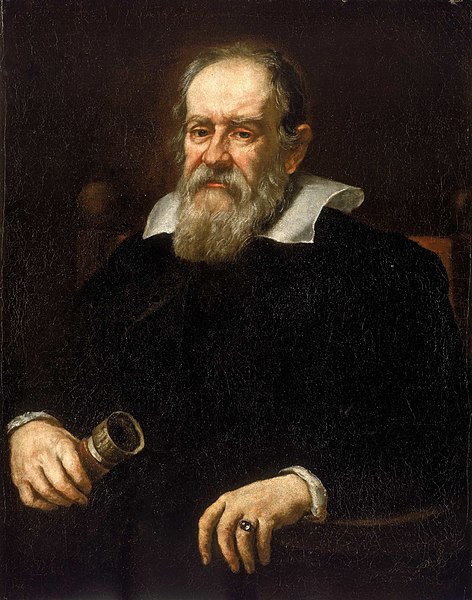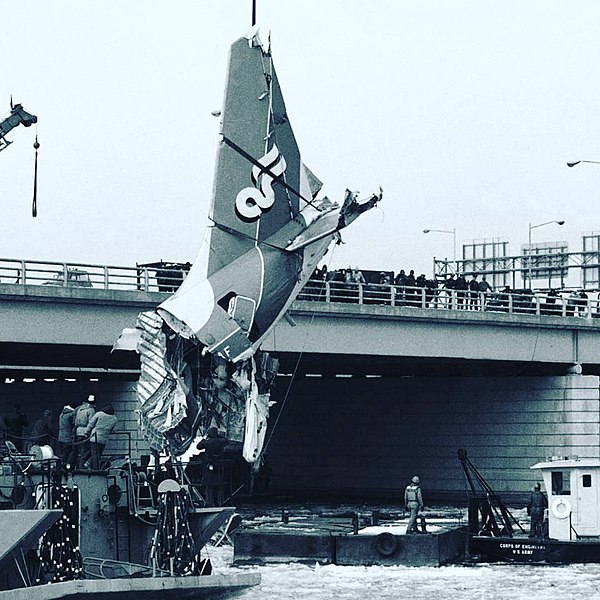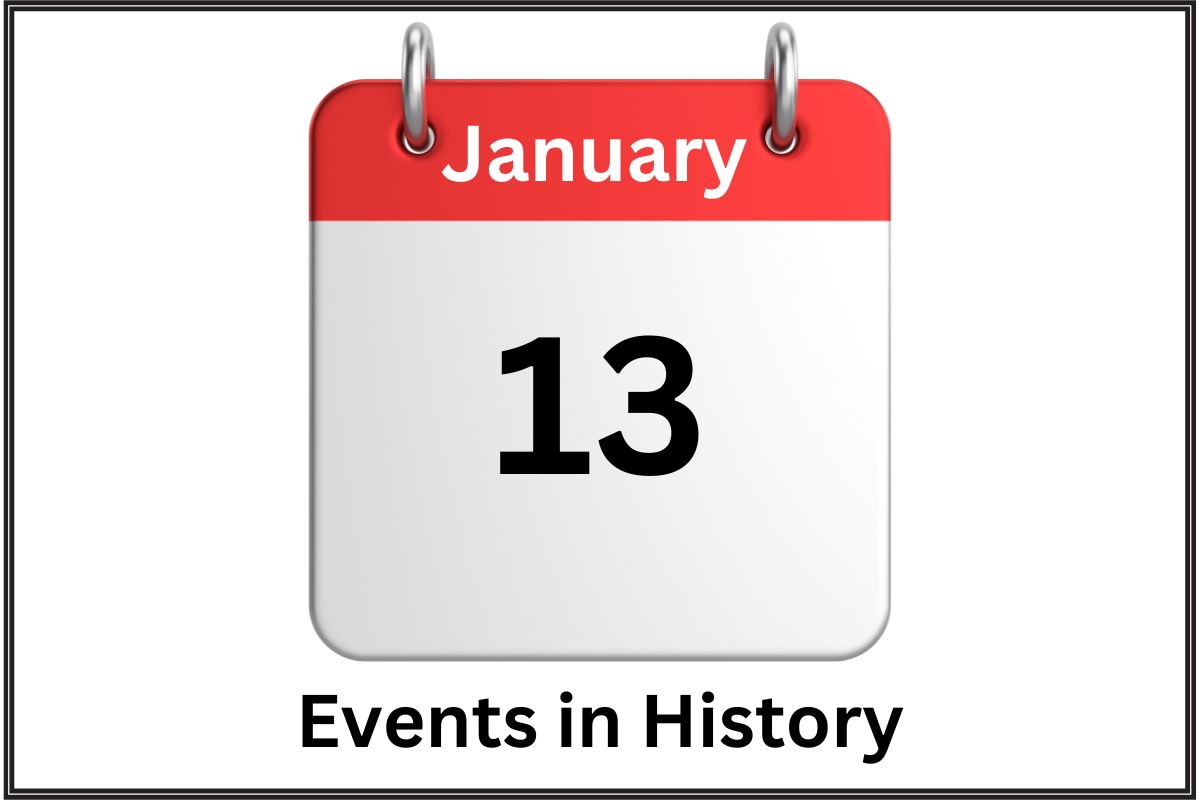This article explores a selection of significant historical events that occurred on January 13th, spanning centuries and encompassing a broad range of topics from natural disasters and political milestones to advancements in science and pivotal cultural moments.
Through a chronological exploration, we delve into the impactful occurrences that have left indelible marks on the fabric of global history. Each event highlights the diversity of human experience, showcasing moments of tragedy, triumph, innovation, and change.
From the early medieval period to the modern era, January 13th has been a date of considerable historical significance, reflecting the complex and multifaceted nature of the human story.
January 13th Events in History
532: Nika riots break out in Constantinople
The Nika riots were a devastating week-long revolt against the Emperor Justinian I that took place in the capital of the Byzantine Empire, Constantinople, in January 532. Sparked by political discontent and fueled by factions in the chariot racing circuits, namely the Blues and the Greens, the riots escalated into widespread violence and destruction.
Also Read: January 12 – On this Day in History
The upheaval threatened Justinian’s reign, but he responded with a brutal crackdown. Reportedly, tens of thousands of rioters were killed when the emperor’s forces, led by the general Belisarius, trapped them in the Hippodrome and slaughtered them. This event marked one of the deadliest riots in history and solidified Justinian’s control over the empire.
888: Odo, Count of Paris becomes King of the Franks
After the death of Charles the Fat, the Carolingian Empire was left without a universally recognized heir, leading to the fragmentation of the empire into several smaller kingdoms. Odo, Count of Paris, emerged as a hero of the Siege of Paris (885–886), in which he defended the city against Viking invaders.
Also Read: January 14th Events in History
Recognized for his valor and leadership, Odo was elected King of the West Frankish Kingdom in 888, marking a significant shift in the power structure of medieval Europe. His reign was characterized by ongoing struggles to defend his kingdom against further Viking raids and to maintain his authority over the noble factions.

1128: Pope Honorius II grants a papal sanction to the military order of the Knights Templar
The Knights Templar, a Catholic military order founded in the early 12th century, received its formal endorsement from Pope Honorius II at the Council of Troyes in 1128. This papal sanction granted the Templars a unique status within Christendom, allowing them to operate independently of local laws and taxes and answering only to the Pope.
The order was established initially to protect Christian pilgrims traveling to the Holy Land, but it quickly grew in wealth, power, and influence.
The Templars became renowned for their fierce fighters in the Crusades and their financial acumen, eventually establishing an early form of banking that contributed to their immense wealth and influence across Europe and the Near East.
1547: Henry Howard, Earl of Surrey is sentenced to death
Henry Howard, Earl of Surrey, was a prominent English nobleman, soldier, and poet in the court of King Henry VIII. Despite his noble lineage and contributions to English literature, including introducing the sonnet form to English poetry, Surrey’s life ended in tragedy.
In the volatile atmosphere of Henry VIII’s court, where accusations of treason were common, Surrey was accused of aspiring to the throne through the display of the royal arms of England in his heraldry, among other charges.
He was found guilty and sentenced to death in 1547, executed by beheading at the Tower of London. His execution marked the downfall of one of the most prominent noble families of the time, just days before the death of Henry VIII himself.
1610: Galileo Galilei discovers Callisto, 4th moon of Jupiter
In January 1610, the Italian astronomer Galileo Galilei made a groundbreaking discovery using his improved telescope. He observed four moons orbiting the planet Jupiter, which were later named Io, Europa, Ganymede, and Callisto, the latter being the fourth moon he discovered.
This discovery was significant for several reasons. It provided concrete evidence that not all celestial bodies revolve around the Earth, challenging the geocentric model of the universe that was widely accepted at the time.
Galileo’s discovery of Jupiter’s moons laid the groundwork for the acceptance of the heliocentric model proposed by Copernicus and marked a pivotal moment in the Scientific Revolution, fundamentally altering our understanding of the universe.

1794: Congress changes the U.S. flag to 15 stripes and 15 stars
In response to the admission of Vermont (1791) and Kentucky (1792) into the Union, the United States Congress passed the Flag Act of 1794.
This legislation modified the original design of the U.S. flag to accommodate 15 stripes and 15 stars, representing the addition of these two new states.
The intention was to add a stripe and a star for each new state that joined the Union. However, this approach was later changed with the realization that continuously adding stripes would make the flag impractical.
The Flag Act of 1818 reverted the number of stripes back to 13, to honor the original colonies, while the stars would continue to represent the total number of states in the Union. This change acknowledged the growing expansion of the United States and the need for a scalable symbol of national unity.
1830: The Great Fire of New Orleans begins
On December 8, 1830, a devastating fire broke out in New Orleans, Louisiana. This catastrophic event is often referred to as the “Great Fire of New Orleans,” and it caused widespread destruction across the city.
The fire decimated much of the French Quarter, erasing years of history and architecture in one of the oldest sections of the city. Hundreds of buildings were consumed by the flames, including homes, businesses, and landmarks, leading to significant economic and cultural losses.
The disaster prompted changes in building codes and fire response strategies in New Orleans, highlighting the need for improved urban planning and disaster preparedness.
1842: Dr. William Brydon, an assistant surgeon in the British Army, becomes the sole survivor of the Massacre of Elphinstone’s Army, a part of the First Anglo-Afghan War
The retreat from Kabul in January 1842 stands as one of the most disastrous events in British military history, particularly during the First Anglo-Afghan War (1839-1842).
The British Army, along with dependents and civilian contractors, attempted to retreat from Kabul to the garrison at Jalalabad but was ambushed and relentlessly attacked by Afghan warriors.
Dr. William Brydon, an assistant surgeon, is often cited as the sole survivor of this catastrophic retreat, arriving at Jalalabad on a wounded horse. His survival became symbolic of the folly and brutal costs of the British invasion of Afghanistan, illustrating the severe challenges of military engagement in the region.

1893: The British Independent Labour Party holds its first meeting
The Independent Labour Party (ILP) was established on January 13, 1893, marking a significant development in British politics. Founded by Keir Hardie and others, the ILP aimed to represent the working class and secure social and economic reform through parliamentary means.
The party sought to address the injustices faced by workers and advocated for policies such as universal suffrage, fair wages, and social security. The ILP played a crucial role in the formation of the Labour Representation Committee in 1900, which later became the modern Labour Party.
The ILP’s founding reflected the growing political activism among the working class and their desire for representation in the British political system.
1898: Émile Zola’s J’accuse exposes the Dreyfus affair
“J’accuse…!” is an open letter published by the French novelist Émile Zola in the newspaper L’Aurore on January 13, 1898. Zola’s letter accused the French government of anti-Semitism and the wrongful conviction of Alfred Dreyfus, a Jewish French army officer, for espionage.
The Dreyfus Affair, as it came to be known, divided French society and highlighted deep-seated issues of prejudice within the military and government. Zola’s impassioned defense of Dreyfus and his attack on the miscarriage of justice led to his trial for libel, for which he was convicted and fled to England to avoid imprisonment.
Ultimately, “J’accuse…!” played a pivotal role in the eventual exoneration of Dreyfus and is remembered as a landmark moment in the fight for justice and human rights.
1915: An earthquake in Avezzano, Italy kills nearly 30,000
The earthquake that struck Avezzano, Italy, on January 13, 1915, is one of the deadliest seismic events in European history. With a magnitude of approximately 7.0, the earthquake devastated the town of Avezzano, located in the Abruzzo region, and caused significant destruction in surrounding areas.
The quake leveled buildings, homes, and landmarks, leaving little to no structure intact in the town’s center. Rescue and relief efforts were hampered by the destruction of infrastructure, making it difficult to provide aid to the survivors. This tragedy highlighted the need for improved earthquake preparedness and building construction standards in seismic zones.
1930: The first Mickey Mouse comic strip is published
The iconic character Mickey Mouse, created by Walt Disney and Ub Iwerks, made his first appearance in a comic strip on January 13, 1930. This comic strip, distributed by King Features Syndicate, helped to further popularize Mickey Mouse and the Disney brand, reaching a wide audience in newspapers across the United States.
The success of Mickey Mouse in both animated films and comic strips played a significant role in establishing Disney as a leading entertainment company. Mickey’s adventurous and cheerful personality captured the hearts of readers and viewers alike, making him an enduring symbol of Disney’s creativity and innovation.

1939: The Black Friday bush fires burn 20,000 square kilometers of land in Australia, claiming 71 lives
On January 13, 1939, a series of devastating bushfires, known as Black Friday, swept through the state of Victoria, Australia. Fueled by extreme temperatures, dry conditions, and strong winds, the fires engulfed vast areas of forest, farmland, and towns.
The disaster claimed 71 lives, destroyed thousands of buildings, and left countless animals dead. The impact on the affected communities was profound, leading to significant changes in forest management, firefighting techniques, and public awareness regarding bushfire prevention.
The Black Friday bushfires remain one of the worst natural disasters in Australian history, illustrating the destructive power of wildfires and the importance of preparedness and environmental management.
1964: Karol Wojtyla, who would become Pope John Paul II, is appointed archbishop of Krakow, Poland
Before becoming one of the most influential figures in the Catholic Church and the world, Karol Wojtyla served as the archbishop of Krakow, Poland, starting from 1964. His tenure in Krakow was marked by his efforts to engage with the community, support the youth, and promote religious freedom amidst the challenges posed by Poland’s communist regime.
Wojtyla was deeply involved in pastoral work and became known for his philosophical writings and contributions to the Second Vatican Council. His leadership and advocacy for human rights and dignity were significant factors in his later election as Pope John Paul II in 1978.
His papacy was characterized by his global outreach, efforts to improve interfaith relations, and stance against communism, making him a pivotal figure in 20th-century history.
1966: Robert C. Weaver becomes the first African American Cabinet member by being appointed United States Secretary of Housing and Urban Development
Robert C. Weaver made history on January 13, 1966, when President Lyndon B. Johnson appointed him as the first African American to hold a cabinet-level position in the United States government.
As the Secretary of Housing and Urban Development (HUD), Weaver played a crucial role in shaping the nation’s urban development and housing policies during a time of significant social change. His efforts focused on improving housing conditions for low-income families, combating urban poverty, and promoting civil rights in housing practices.
Weaver’s appointment marked a significant milestone in American politics, reflecting the growing recognition of African Americans’ contributions to national leadership and the advancement of civil rights and social justice.

1982: Air Florida Flight 90 crashes into the 14th Street Bridge in Washington, D.C., killing 78
On January 13, 1982, Air Florida Flight 90, a Boeing 737-200, crashed into the 14th Street Bridge over the Potomac River shortly after takeoff from Washington National Airport (now Ronald Reagan Washington National Airport) in Arlington, Virginia.
The aircraft was bound for Fort Lauderdale, Florida, but encountered severe winter weather conditions that contributed to ice forming on its wings. The crash resulted in the deaths of 74 passengers and crew on board and four motorists on the bridge.
Miraculously, five passengers survived the icy river waters. This tragic event led to significant changes in aviation safety procedures, including improved de-icing techniques and more rigorous pilot training for winter weather conditions.
1990: Douglas Wilder becomes the first elected African American governor as he takes office in Virginia
Lawrence Douglas Wilder made history on January 13, 1990, by becoming the first African American to be elected as governor of a U.S. state, serving as the 66th governor of Virginia.
Wilder’s election was a landmark moment in American politics, breaking racial barriers and paving the way for future generations of African American politicians.
During his term, Wilder focused on fiscal responsibility, education reform, and crime reduction. His leadership and commitment to public service left a lasting impact on the state of Virginia and the nation, showcasing the progress towards inclusivity and diversity in American political life.
2001: An earthquake hits El Salvador, killing more than 800
On January 13, 2001, El Salvador was struck by a powerful earthquake with a magnitude of 7.6. The epicenter was located off the country’s Pacific coast, causing widespread devastation, particularly in urban areas and rural communities alike.
More than 800 people lost their lives, thousands were injured, and hundreds of thousands were displaced. The earthquake damaged or destroyed tens of thousands of homes, infrastructure, and historical sites, leading to a significant humanitarian crisis.
This disaster prompted national and international aid efforts to assist in recovery and rebuilding, emphasizing the need for improved disaster preparedness and resilience in seismic-prone regions.
2010: An earthquake in Haiti kills more than 100,000 people
The earthquake that struck Haiti on January 12, 2010, is one of the deadliest natural disasters in modern history. With a magnitude of 7.0, the quake’s epicenter was near the capital, Port-au-Prince, causing catastrophic damage to the densely populated city and surrounding areas.
The official death toll estimates vary, but it is widely accepted that over 100,000 people died, with millions more affected through injury, displacement, and the destruction of homes and infrastructure.
The international community launched a massive humanitarian aid effort, but the country’s recovery has been slow, hindered by political instability, poverty, and further natural disasters. The 2010 earthquake highlighted the critical importance of building resilient communities and infrastructure in disaster-prone areas.
2012: The Costa Concordia cruise ship runs aground off the coast of Italy, causing 32 deaths
On the night of January 13, 2012, the Costa Concordia, a luxury cruise ship, ran aground and capsized off the coast of Isola del Giglio, Tuscany, near the western coast of Italy.
The ship struck a rock formation, tearing a gash in its hull and leading to the evacuation of over 4,200 passengers and crew. The chaotic evacuation and rescue efforts resulted in 32 deaths, with several others injured.
The disaster raised serious questions about cruise ship safety regulations, crew training, and the conduct of the ship’s captain, Francesco Schettino, who was later found guilty of manslaughter and abandoning his ship.
The Costa Concordia incident remains one of the most significant maritime disasters of the 21st century, leading to stricter safety standards and protocols within the cruise industry.
